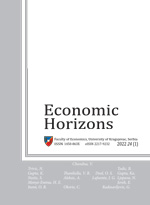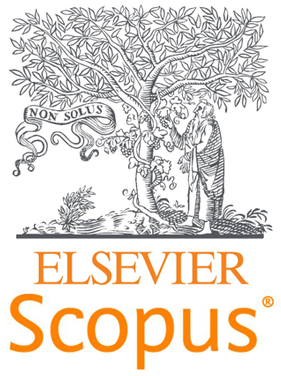COLLECTIVE RISK MODEL IN NON-LIFE INSURANCE
Zlata Djuric
Faculty of Economics, University of Kragujevac, Kragujevac, Serbia
The operation of business insurance companies, based on assuming risks of different profiles, is accompanied by fluctuations in the business environment. The complexity of predicting a financial effect for claims in non-life insurance lies in the structure of insurers’ liabilities, whose amount cannot be determined at the time of payment of the premium. By analyzing the key insurance processes, risk theory focuses on modeling claims as the financial consequences of unforeseen events. In addition, it provides the answer as to how much of a premium to charge in order to avoid bankruptcy, which makes it a complex and topical research area. The paper presents the main results of the collective risk model for the key business processes of nonlife insurance companies: the claim number process and the claim amount process. In risk theory, these are treated as stochastic processes, which offers a wide range of possibilities for the modeling and simulation of specific business problems.
Keywords: general insurance, risk theory, stochastic process, Poisson process, premium calculation
principles
JEL Classification: C13, C43, C46




